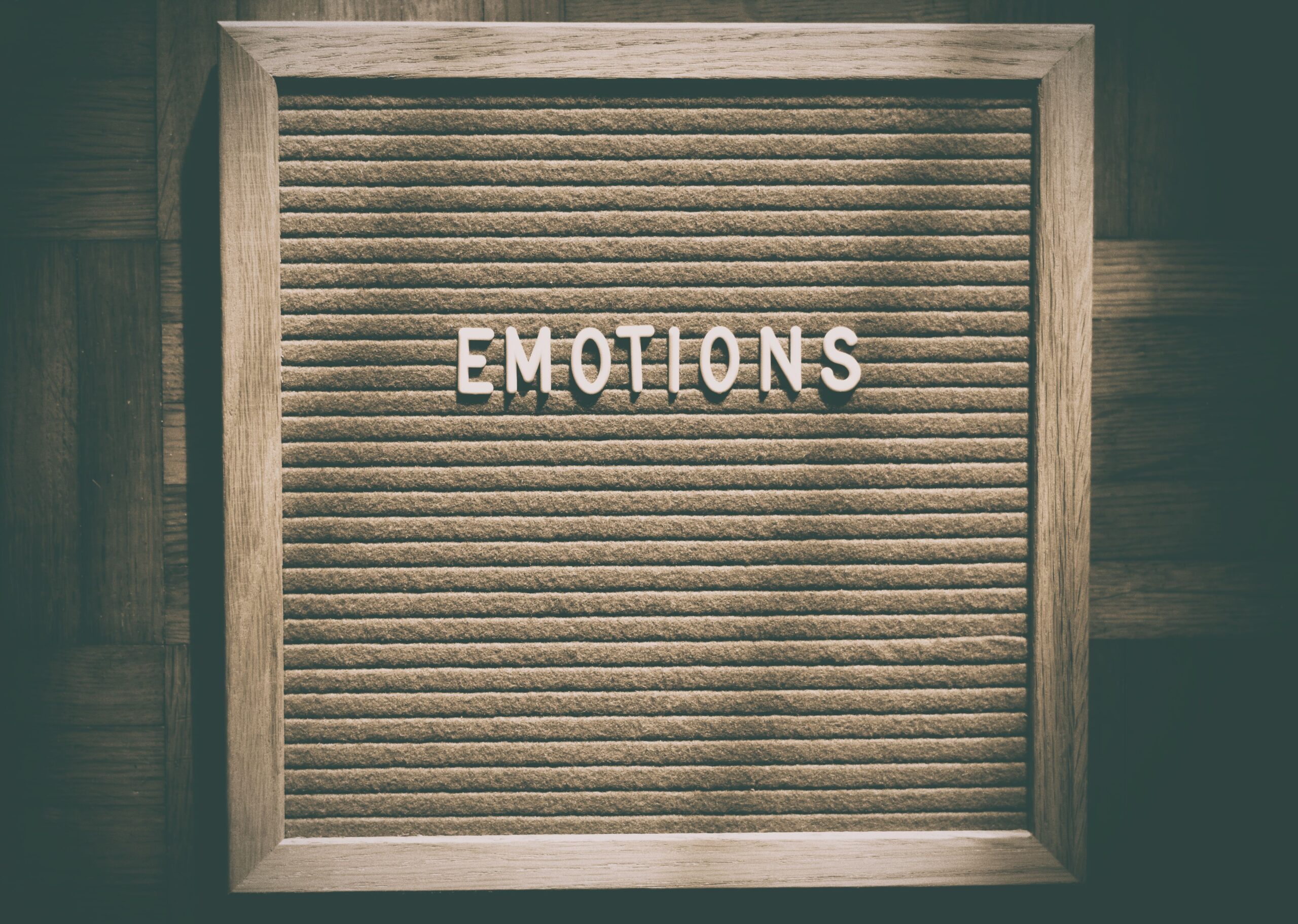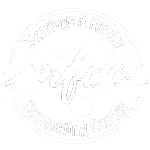When you hear the word fear, what comes to mind? Perhaps it’s a fear of snakes or spiders, or perhaps a fear of heights or public speaking. Chances are, whatever the situation you thought of conjured up images or thoughts that also carry negative emotions with them. Fear is not only indicative of a possible threat or danger but also just another emotion we experience. Why is it that we typically think of fear as a negative thing?
Typically, other emotions we experience don’t carry the heaviness or negativity that fear does, and most of us don’t feel paralyzed or struggle to move out of the emotion as we do with fear. What if facing our fears – whatever they may be – starts with destigmatizing the negative emotions that come with it and normalizing that there will be times we do feel a wide range of pleasant and less-than-pleasant emotions.
With any emotion, the most important thing you can do is to learn to lean into it and allow yourself to acknowledge what you are feeling. It’s like riding a wave; you observe that you are feeling fear, but you stick with it as you are riding the wave of that emotion. You don’t have to immediately change it, but you also don’t have to immediately react negatively to avoid it.

Fear can physically present much like anxiety or anger does. You might experience elevated heart racing, your stomach may churn or feel like it’s tied in knots, your brain may temporarily freeze, or you might experience shortness of breath, profuse sweating, or a sense of sudden coldness. Sometimes we can realize that what we’re experiencing physically is also connected to what we’re experiencing emotionally, but sometimes in the moment, we’re unable to make that correlation. Sometimes we become paralyzed not by fear itself – but by the physical or mental response that we have to fear.
There are important steps you can take to tune in to these emotions more quickly, and simultaneously regulate how your body responds to situations that produce fear.
Acknowledge the Fear.
Start with working to change your mindset to believe and accept that fear is just another emotion. When you normalize emotions, you have already removed a huge factor in why fear is so crippling, the element of negative, scary, or paralyzing. In other words, normalize fear as a natural human response to some situations.
Move towards & Identify the Fear.
While you may not be able to pinpoint every single root cause of fear that you may experience, chances are you can accurately pinpoint many fears you have. When you recognize you are experiencing fear, acknowledge it. Take the power away from the fear. But don’t just stop there…move into exploring why? What specifically are you afraid of? What does this emotion stem from?
Tackle the fear head-on.
Reframe your thought process. Typically fear paralyzes action – it makes it hard to figure out what to do about it at the moment. Do you catch yourself saying ‘I can’t or some semblance of negative reasoning? If we continue to approach fear with a list of reasons why we can’t face our fear, we are continuing to write that script. Instead, practice Thought-Reframing.
Thought reframing starts with identifying and observing the thought (in this case, fear) It then moves into questioning, think Socratic questions:
- Is this thought realistic?
- Am I basing this on fact or feeling?
- Evidence for or against this thought?
- Am I misinterpreting the evidence?
Allow yourself the time and opportunity to really delve into this part. Again, questioning or exploring what’s beyond the fear itself will help reduce the impact that fear has on you.
Regulate Your Body.
When we experience fear, real or perceived, we can recognize the physical response we are having, and engage in activities that can temporarily distract us and calm our bodies down. Grounding exercises, mindfulness, and deep, rhythmic breathing are some of my favorite ways to calm the body down.
When we can regulate ourselves physiologically, we can engage with our thoughts more clearly. So after you are physically regulated, and you stop that automatic response that typically paralyzes you, you will be able to think more clearly about what to do with that fear that you are experiencing.
Sometimes we can truly conquer, master, or overcome our fears. Sometimes our fears turn out to be unfounded, perceived, or irrational fears. And sometimes our fears hold very real pain or deep connections. In these times, it’s not about overcoming or facing your fears, it’s about acknowledging, owning, and working through the fear instead of ignoring or being controlled by our fears.
Normalize fear.
Acknowledge when you are feeling fearful. Learn to move towards fear, explore it, attempt to understand it, burrow to the root of it, and identify it. Be aware of how fear presents itself in your body and incorporate ways to regulate your body. When we can understand why we are fearful, we can then choose how we will react to that fear. Or, more importantly, how we will choose to act despite our fears.
De-catastrophize the fear.
Play out the worst-case scenario.
What is the worst that would happen?
What if that actually did happen? Then what?
Sometimes actually following your fear to the perceived end allows us to see that even if the worst case did happen, you would still be okay. Obviously, this is a much easier thing to do if the fear you’re experiencing is a perceived, unfounded, or irrational reaction.
Yet sometimes the fears we have do stem from very real situations and have a completely understandable connection to the emotions we’re experiencing. For these types of fears, instead of moving into the worst-case scenario – which obviously could cause further concern – focus on the other steps mentioned above.
Observe what you’re feeling, lean into it, and use thought-reframing to work towards removing the paralyzing part of fear. When we can acknowledge our fears, we are better equipped to shift into strategy and action mode instead of staying paralyzed. Sometimes facing real fears is about knowing what we can do as we work through those fears, it’s about finding ways to put one foot in front of the other as we move toward that fear head-on.
As should be the case with all coping or calming strategies, don’t wait to practice these steps until you’re in the middle of a situation. Practice these steps with any emotion you might feel. Chances are you’ll find that you’ll experience a lower level of distress, become more in-tune with how your body experiences strong emotions, and move through any paralyzing aspects of difficult situations.
Ready to start your therapy journey? Schedule your individual, couple, family or child session now!
Join one of our monthly newsletters to keep up with upcoming events, important information about MFCC, mental health and wellness tips. Choose from our general newsletter or topics specific to couples and relationships, family and parenting, or spiritual abuse and religious trauma.
We promise not to spam or pass out your information to anyone. And of course, you are always welcome to unsubscribe at any time.







